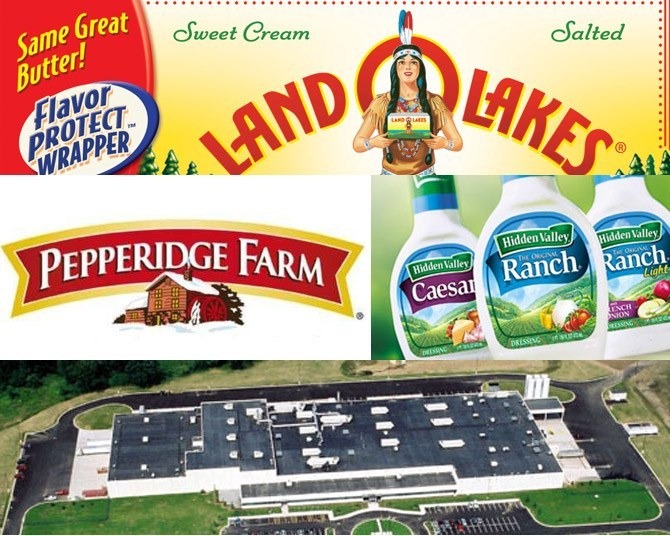Where 'Farm-Fresh' Foods Really Come From
You've seen them thousands of times: pastoral, heart-warming scenes on food product labels that make you feel as though whatever you're buying at the supermarket somehow didn't involve industrial, mass-scale production in facilities. You know, bright colors and bucolic scenes on plastic and cardboard, angelic glows that don't bring to mind those cages of crowded chickens on trucks that send feathers out all over the highway.
Click here for Where 'Farm-Fresh' Foods Really Come From Slideshow.
They're everywhere you look, the branding so deeply embedded into your brain that you can practically see Oreo blue or Ovaltine orange when you hear those bubbly jingles on the radio. As effective as the labels are, when you examine them critically, they become kind of funny — maybe even a little sad. Considered generally, graphics on food labels fall into three categories: the stylistic abstract, like Campbell's; the luscious ingredient close-up à la Häagen-Dazs; or the rolling hills of some farm where it all supposedly started for the company in question.
Part of you doesn't really blame the companies behind these logos. After all, every one of them has a backstory, some quaint beginning involving a plot of land tucked away somewhere where the mist rises at dawn and the dew bedazzles everything like a Swarovski cell phone. But where do those canned tomatoes really come from? To find out the truth behind the plastic, check out the slideshow below that features commercial brands' fantasy images and the ever-so-slightly-less-dazzling realities behind them.
Click here for Where 'Farm-Fresh' Foods Really Come From Slideshow.
